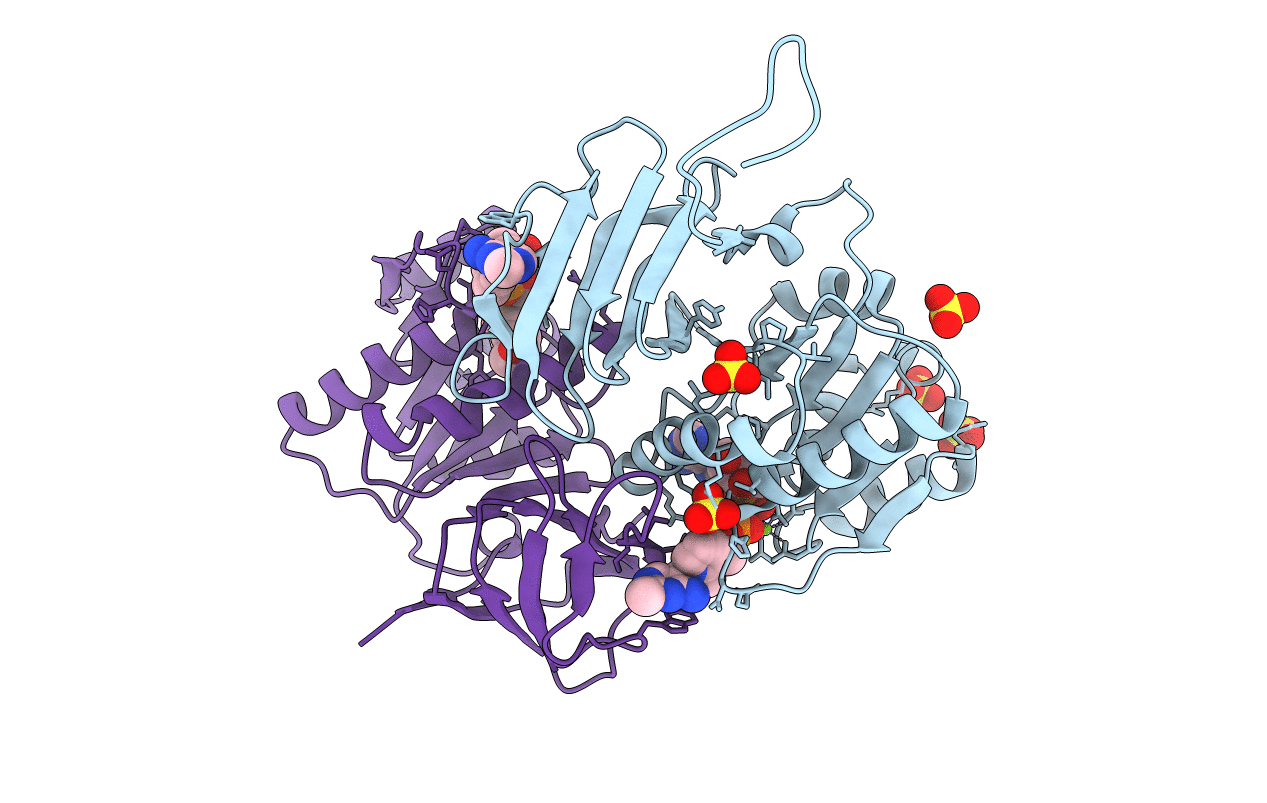
Deposition Date
2005-11-14
Release Date
2005-11-29
Last Version Date
2023-08-23
Entry Detail
PDB ID:
2F17
Keywords:
Title:
Mouse Thiamin Pyrophosphokinase in a Ternary Complex with Pyrithiamin Pyrophosphate and AMP at 2.5 angstrom
Biological Source:
Source Organism:
Mus musculus (Taxon ID: 10090)
Host Organism:
Method Details:
Experimental Method:
Resolution:
2.50 Å
R-Value Free:
0.25
R-Value Work:
0.23
R-Value Observed:
0.24
Space Group:
P 31 2 1


